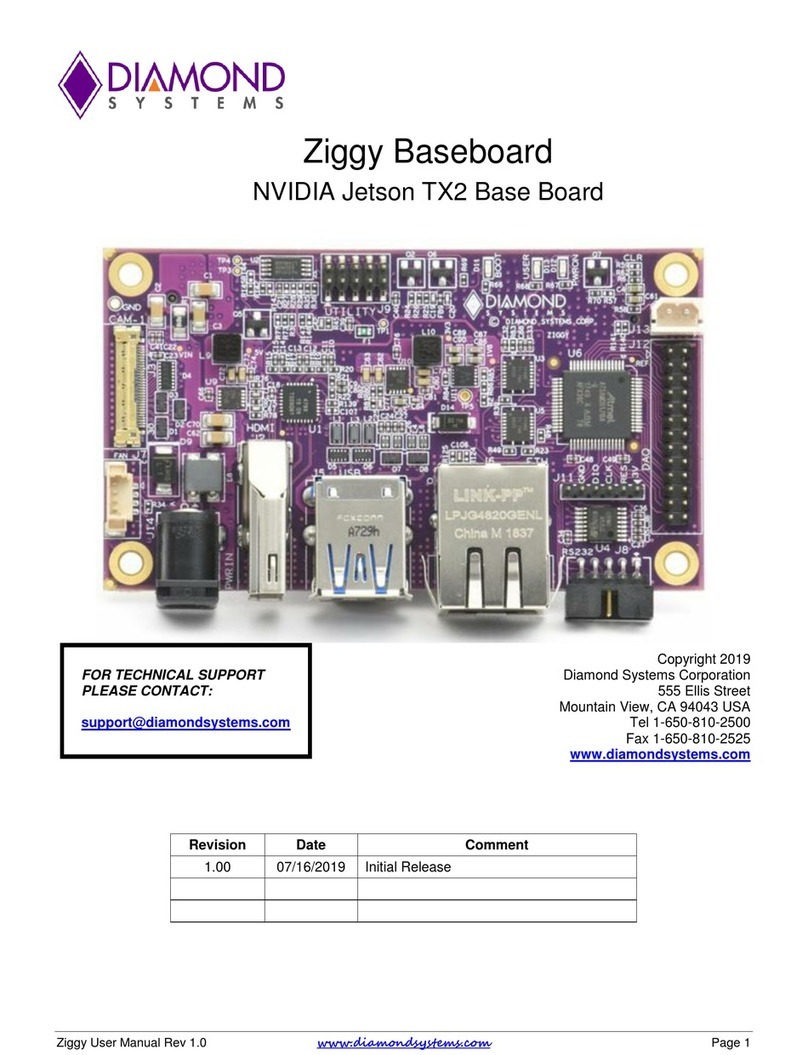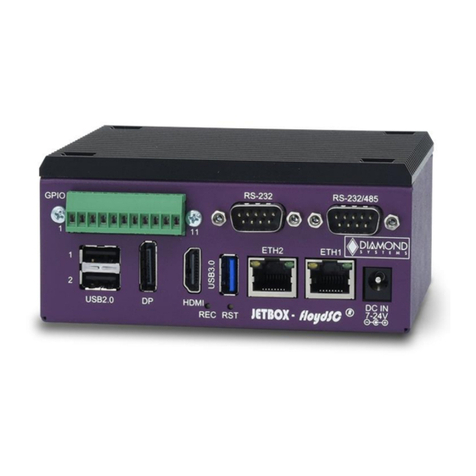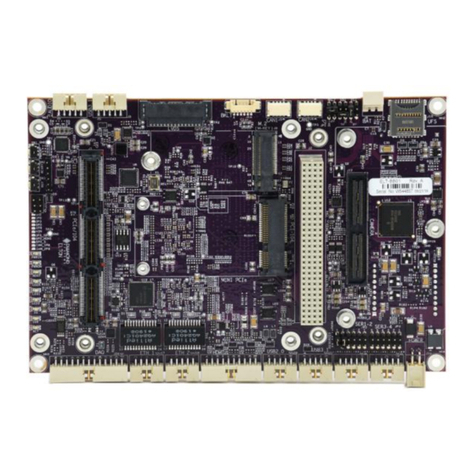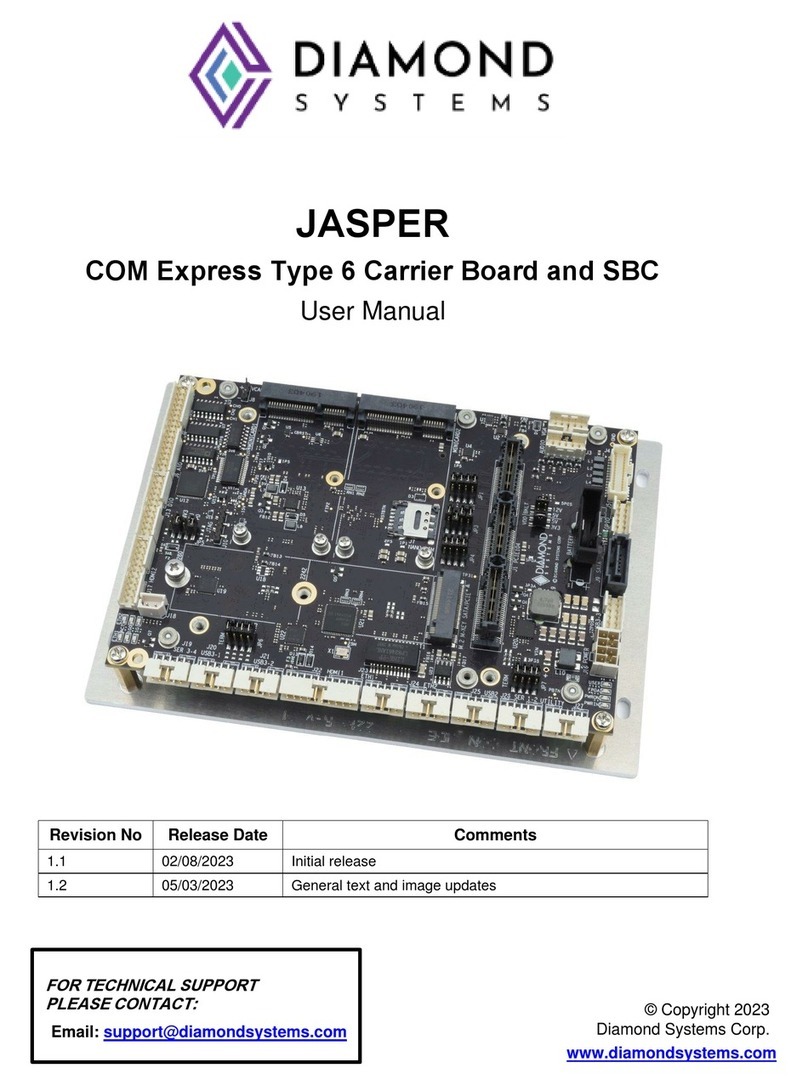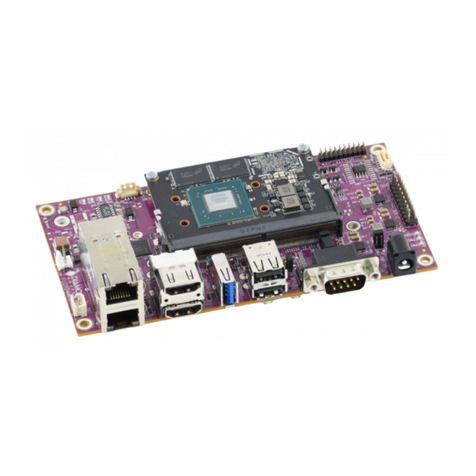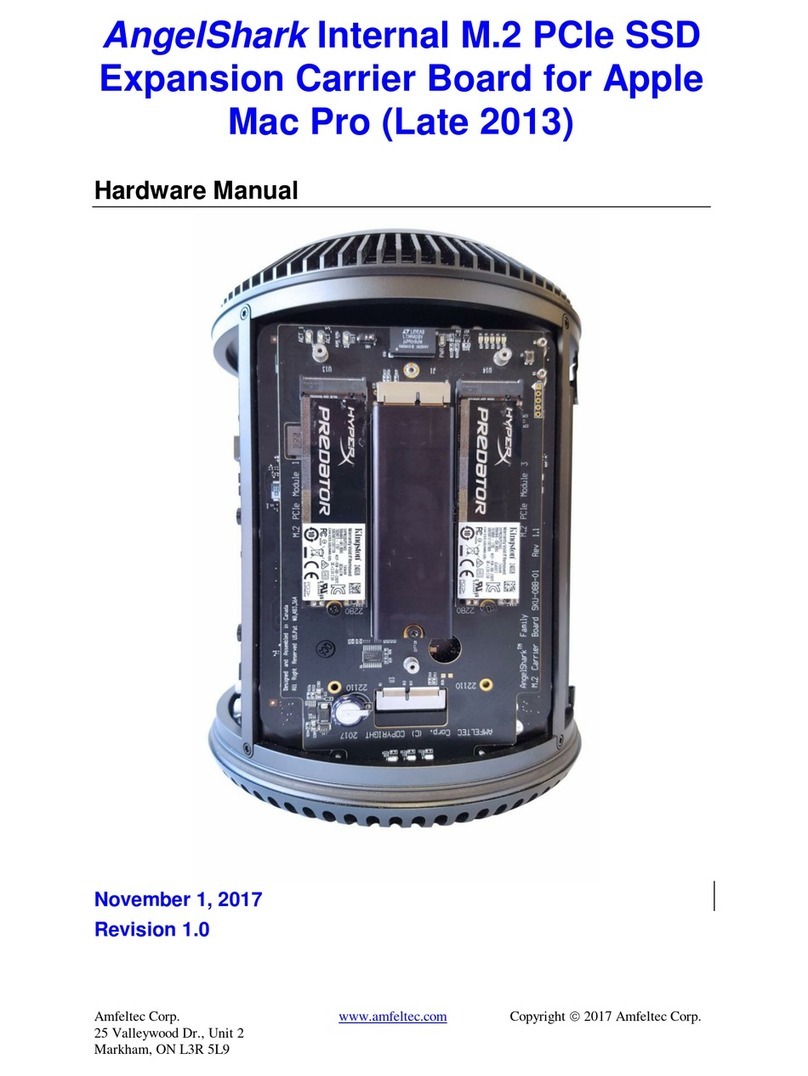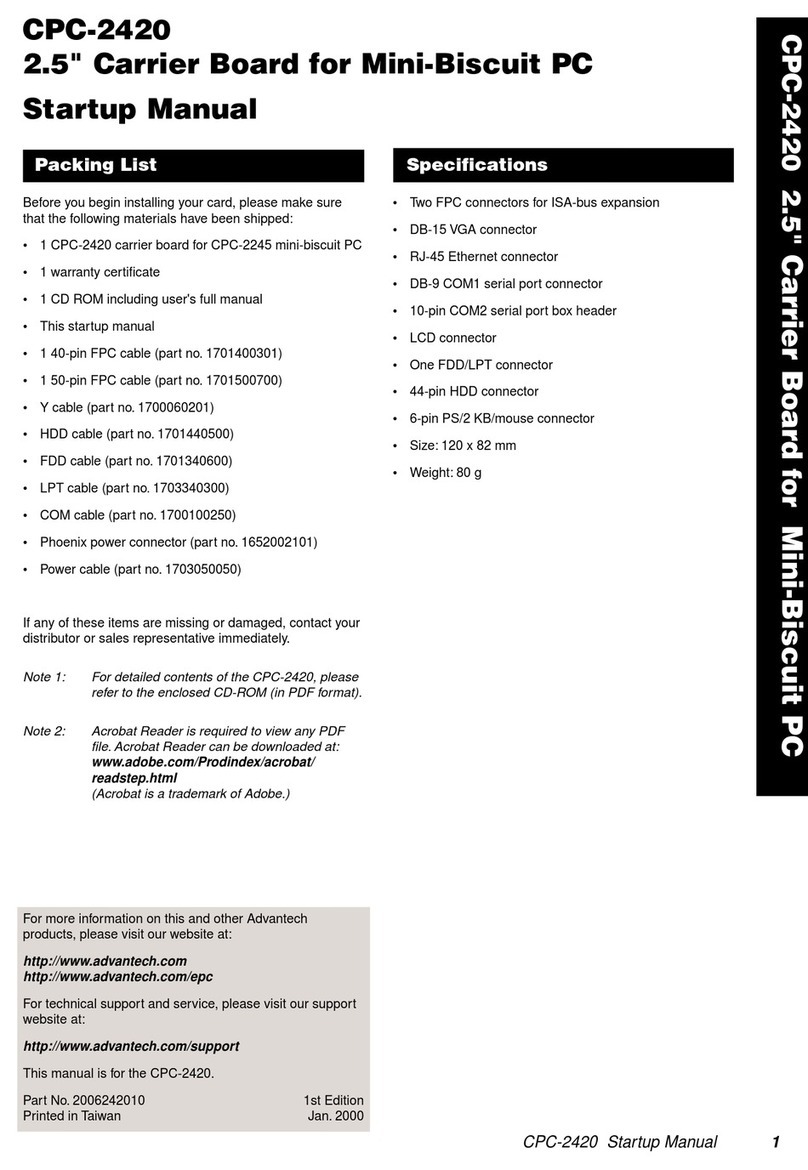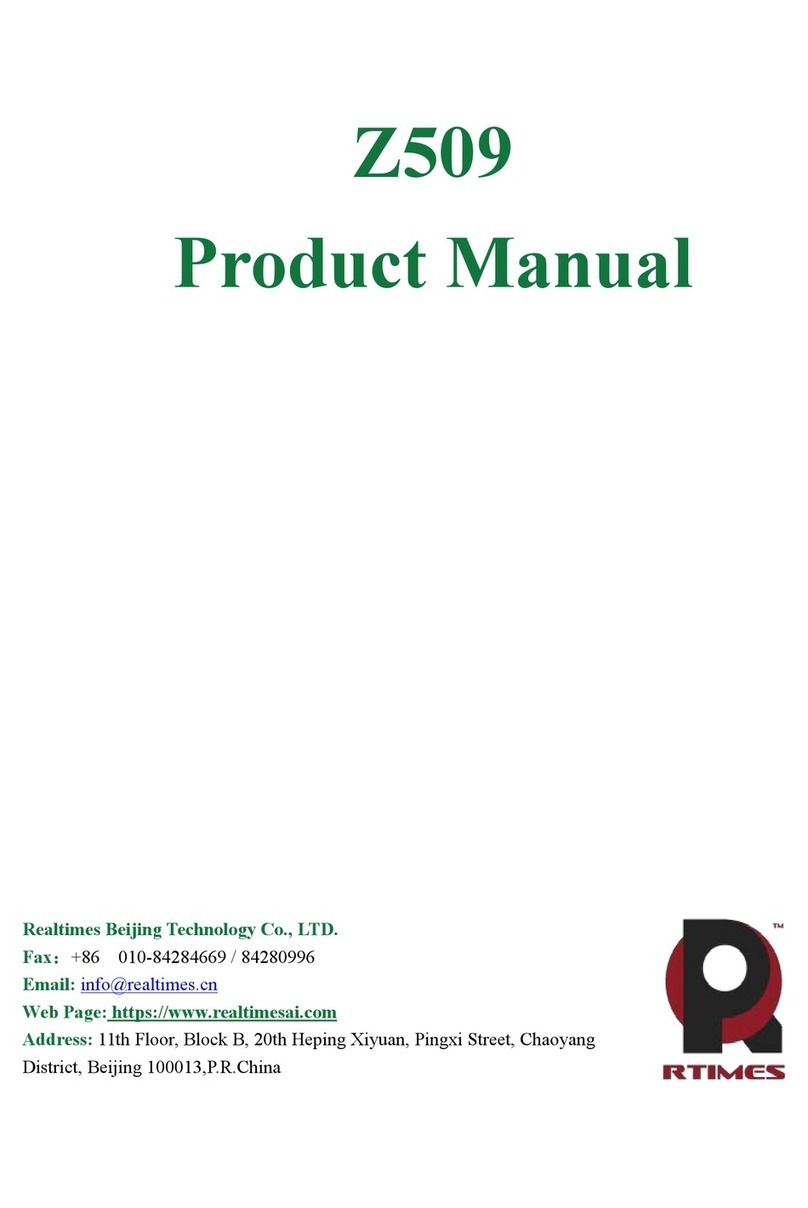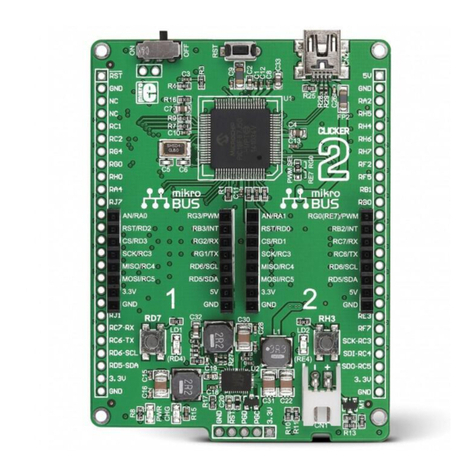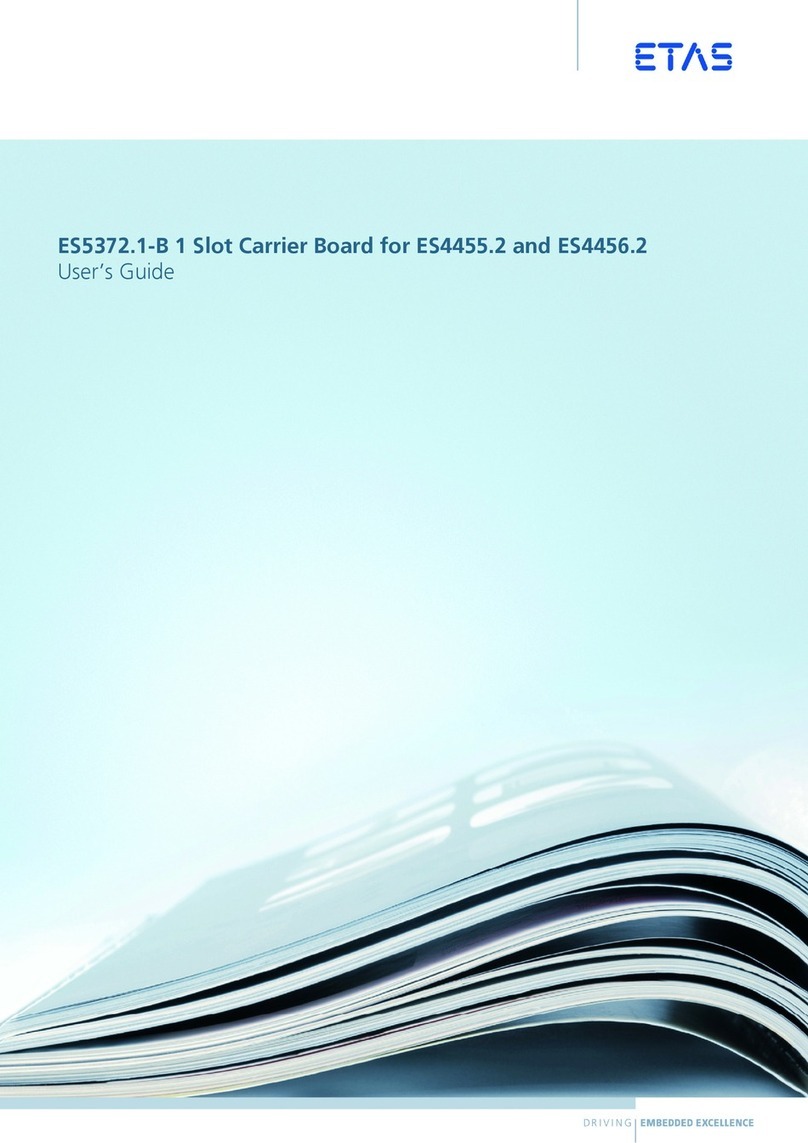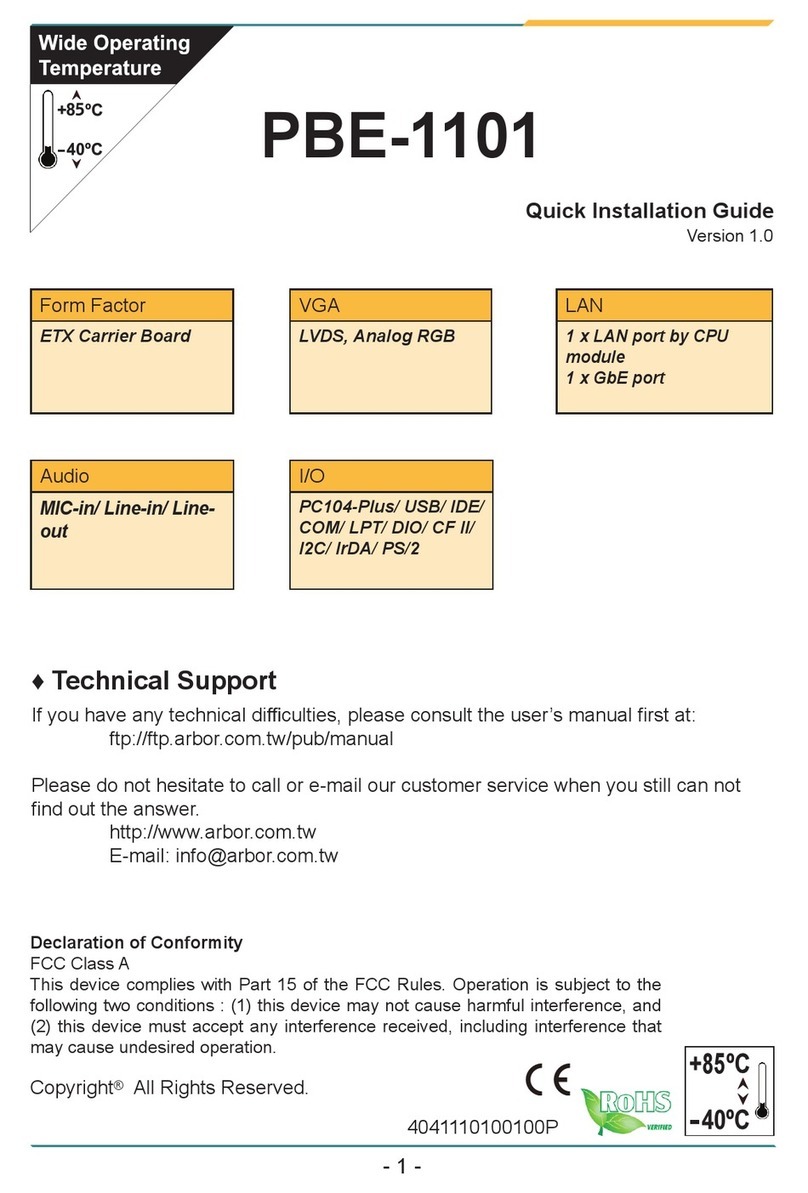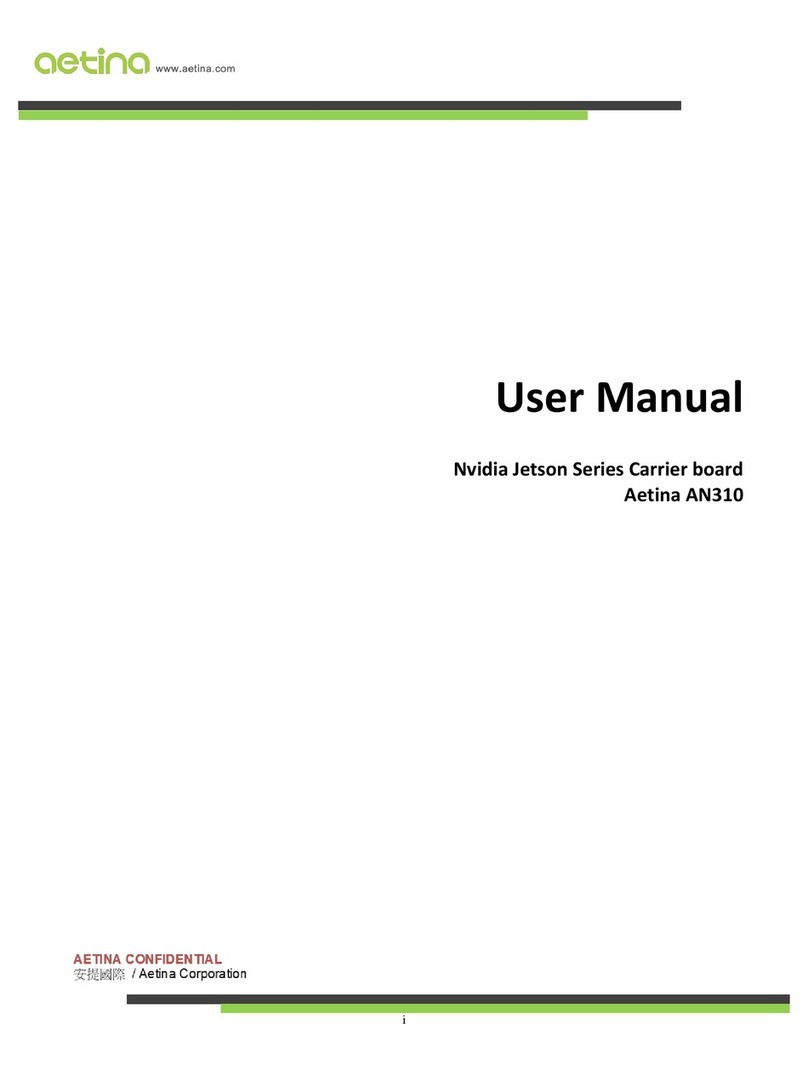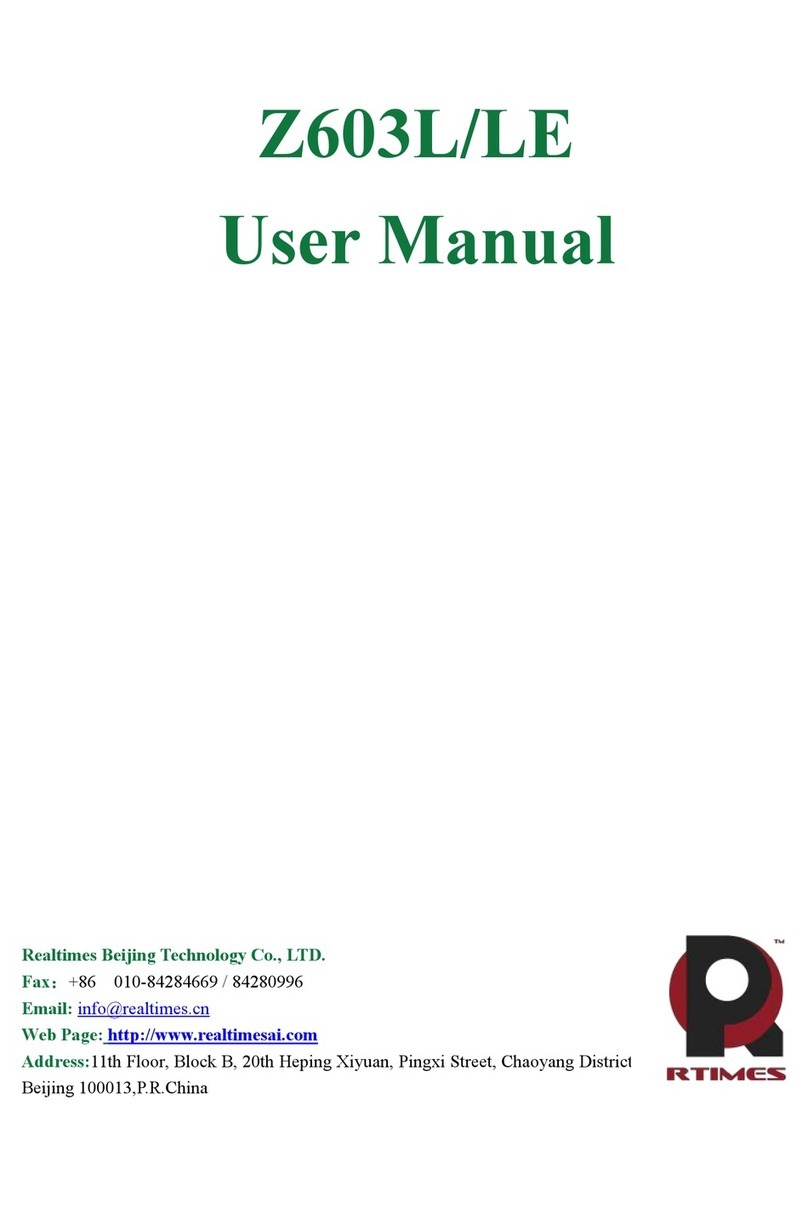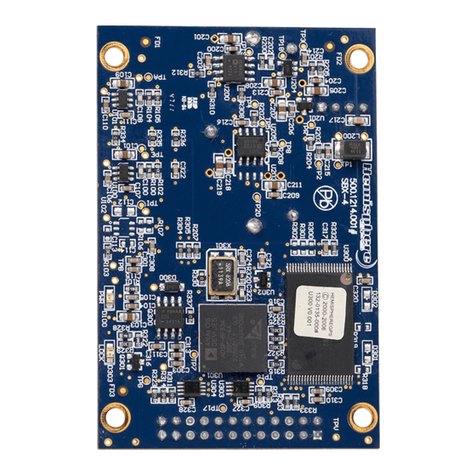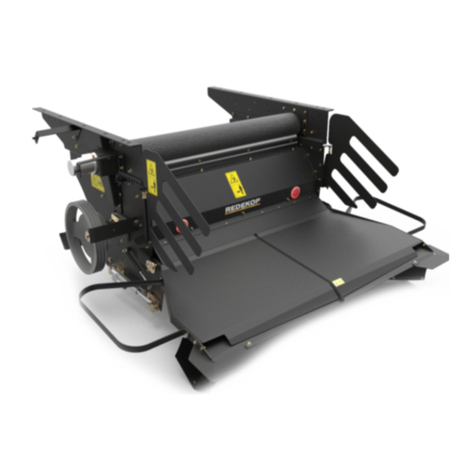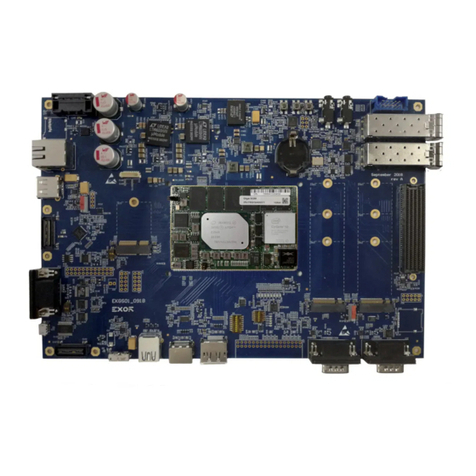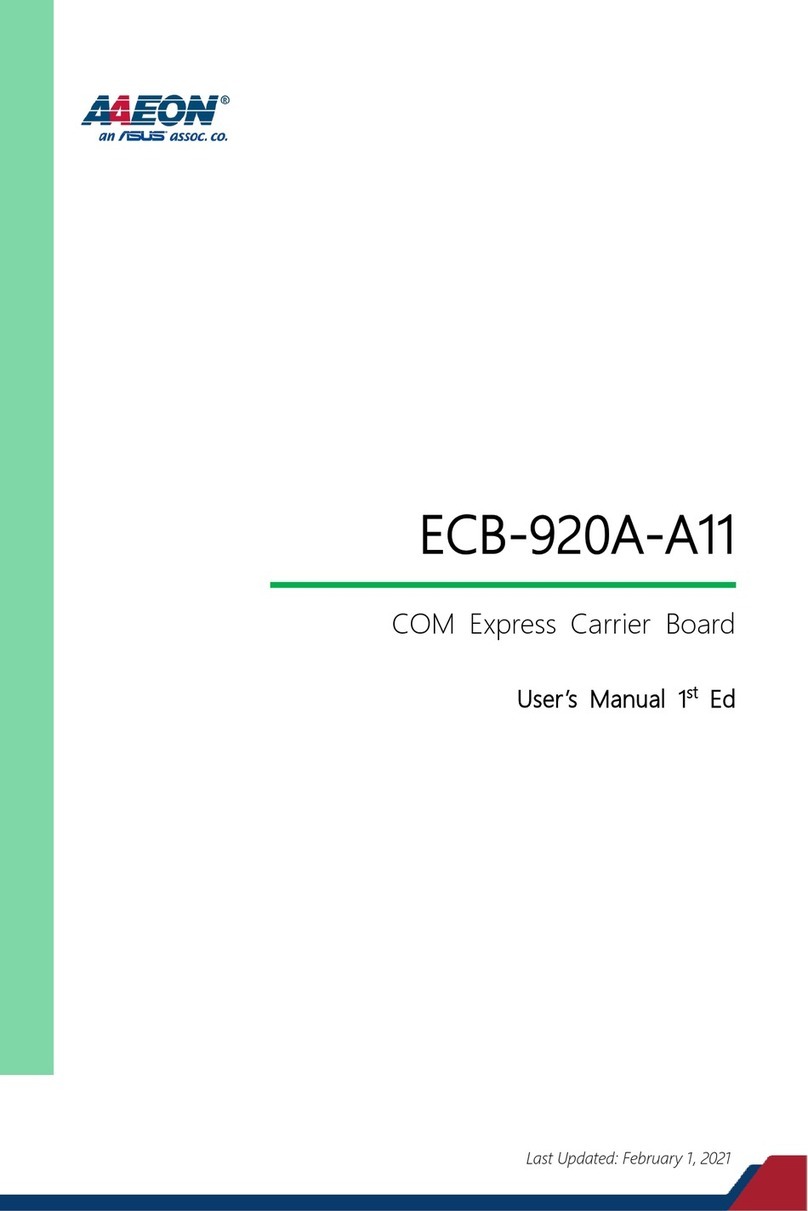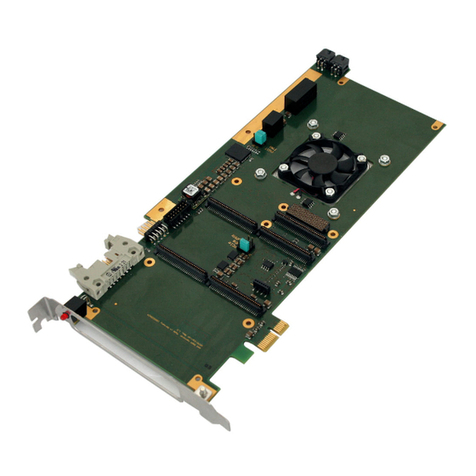Osbourne User Manual V0.21 www.diamondsystems.com Page 2
Contents
1Important Safe Handling Information ............................................................................................................ 4
2Introduction...................................................................................................................................................... 6
2.1 Osbourne Product Overview ........................................................................................................................ 6
2.2 Osbourne Ordering Guide............................................................................................................................ 7
2.3 Product Photos............................................................................................................................................. 8
2.4 AGX Orin Modules Overview........................................................................................................................ 9
3Functional Overview...................................................................................................................................... 10
3.1 Processor Modules..................................................................................................................................... 10
3.2 Power Supply Specifications...................................................................................................................... 10
3.3 Backup Battery ........................................................................................................................................... 10
3.4 Ethernet Ports............................................................................................................................................. 10
3.5 Display Controller ....................................................................................................................................... 11
3.6 Camera Serial Interface (CSI).................................................................................................................... 11
3.7 Audio Interface............................................................................................................................................ 11
3.8 Serial Ports................................................................................................................................................. 11
3.9 PCIe/USB 3.2/UFS Link Routing Controllers ............................................................................................. 11
3.9.1 PCIe Minicard Socket............................................................................................................................................11
3.9.2 USB........................................................................................................................................................................11
3.9.3 PCIe M.2 M-Key Socket.........................................................................................................................................11
3.9.4 M.2 E-Key Socket...................................................................................................................................................12
3.9.5 PCIe x16 Connector...............................................................................................................................................12
3.10 Digital I/O.................................................................................................................................................... 12
3.11 CAN............................................................................................................................................................ 12
3.12 Utility........................................................................................................................................................... 12
3.13 LED Indicators............................................................................................................................................ 12
4Functional Block Diagram ............................................................................................................................ 13
4.1 Baseboard Block Diagram.......................................................................................................................... 13
4.2 AGX Orin Series Module Block Diagram.................................................................................................... 14
5Mechanical Drawing ...................................................................................................................................... 15
6Connector and Jumper Location ................................................................................................................. 17
6.1 Jumper Selection........................................................................................................................................ 17
6.1.1 Serial Port Termination Jumper Selection.............................................................................................................17
6.1.2 DIO Jumper Selection............................................................................................................................................17
6.1.3 Configuration Jumper Selection ............................................................................................................................17
7Connector Pinout Specifications................................................................................................................. 18
7.1 Main I/O Connector .................................................................................................................................... 18
7.2 Camera (J8)................................................................................................................................................ 21
1.1 PCIe Mini Card Socket 1 (J12)................................................................................................................... 23
1.2 PCIe Mini Card Socket 2 (J13)................................................................................................................... 24
1.3 PCIe Connector (J5)................................................................................................................................... 25
1.4 M.2 M-Key PCIe SSD Socket (J3).............................................................................................................. 27
1.5 M.2 E-Key Socket (J7)................................................................................................................................ 28
1.6 RGMII Adapter Connector (J9)................................................................................................................... 29
1.7 Auxiliary Power In (J14).............................................................................................................................. 30
1.8 Fan Connector (J2)..................................................................................................................................... 30
1.9 Auxiliary Power Out (J6)............................................................................................................................. 30
1.10 MCU Programming Header (J10)............................................................................................................... 30
7.3 Jetson Orin B2B Connector Interface......................................................................................................... 31
8I/O Connector List.......................................................................................................................................... 33
9B2B Connectors............................................................................................................................................. 34
